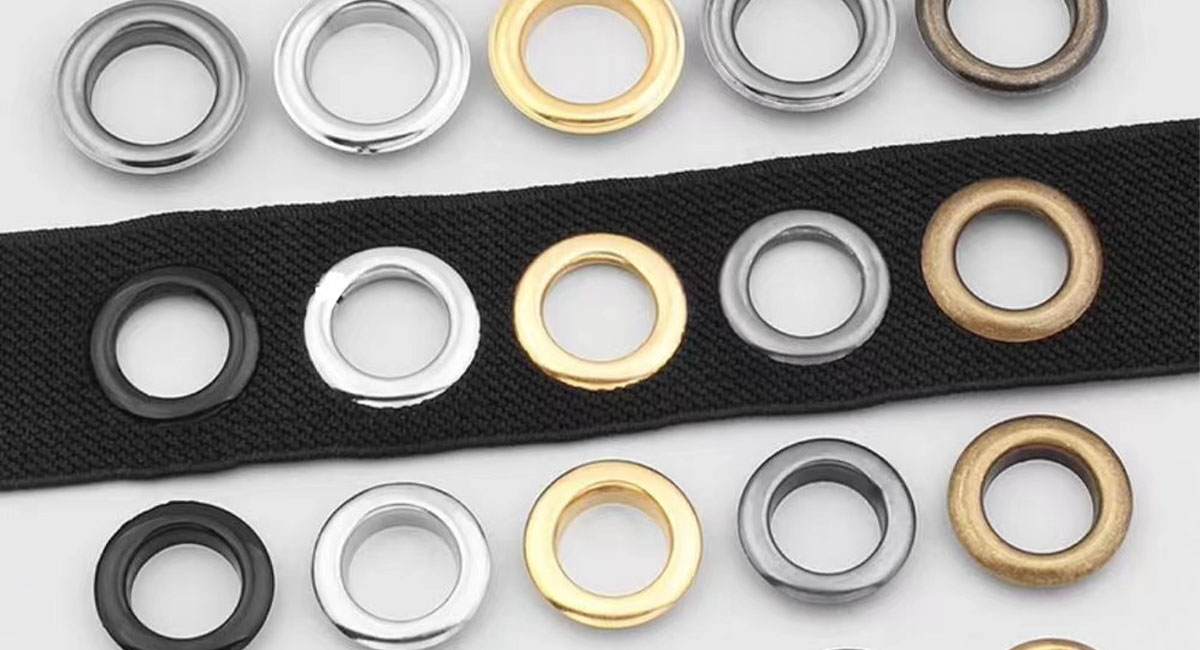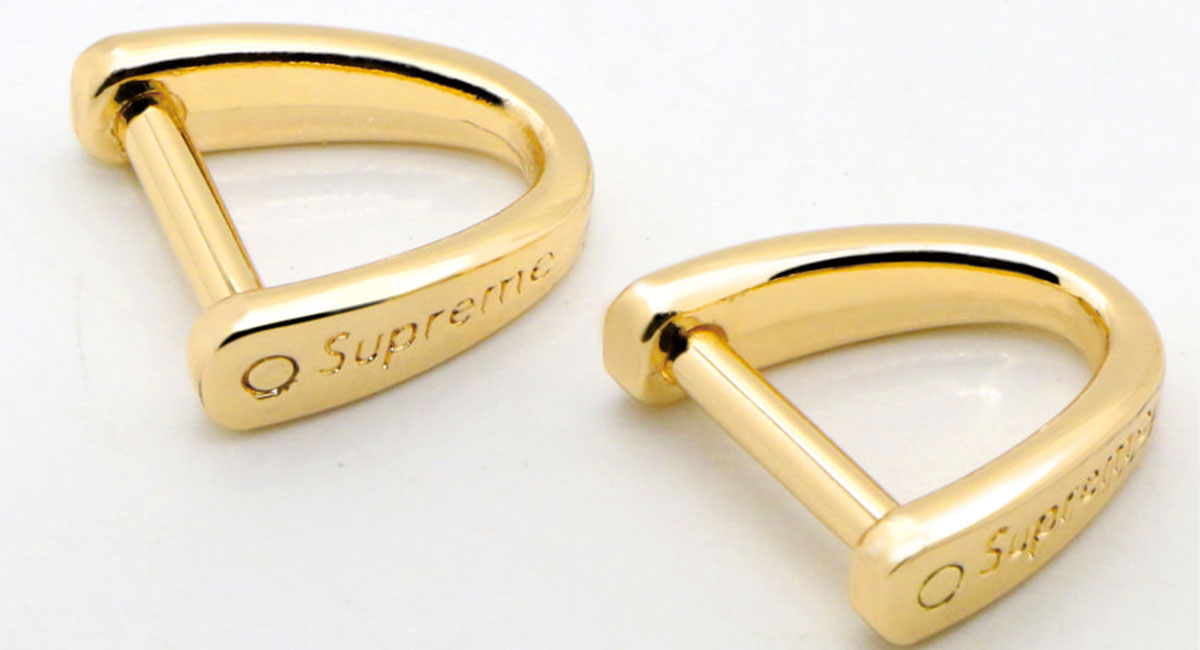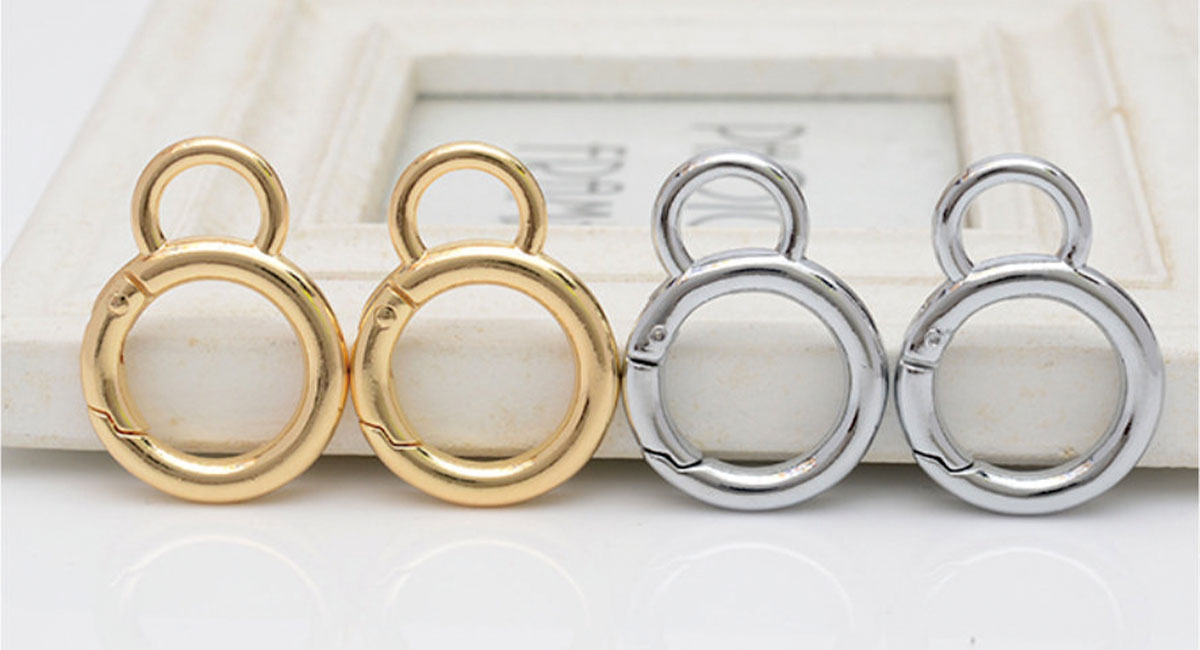Process Skills for Stamping Mold Design
When punching and blanking, usually small holes are punched first, followed by large holes; First, the waste material around the forming area is punched off, and then the remaining material from other parts is dropped: because if the punched small hole is placed behind, there may be gaps in the corresponding parts of the material belt around the punch during punching (the holes that have already been punched in the front). This will cause uneven force (which will generate lateral force) during the punching process. Originally, the strength of the small hole punch is weak, and the uneven force is extremely easy to break. Of course, this is only the case in most cases, sometimes according to actual needs, The small hole punch can only be arranged at the back, but there are still some ways. If the thickness of the punch is too small, reinforcement can be carried out: A: using precision guidance for plate removal; B: The punch is processed using PG (optical grinding). Determine whether to use edge cutting: Edge cutting is generally used on continuous molds and blanking molds, and its function is to coarse position and facilitate material feeding during mold testing; Some edge cutting also has the function of punching the shape. If the mold first punches the positioning needle hole, and then uses a guide needle to guide it immediately, generally there is no need to cut the edge; If there is no guide needle, the edge needs to be cut first to determine the distance, usually used in the blanking die of the shedding embryo
There are several types of punch shapes for edge cutting: this type of punch is commonly used in blanking dies and thick material edge cutting, with low positioning accuracy. Its length equals step distance, and its width only needs to ensure the strength of the punch. It is often taken as 3.0-6.0. This type of punch has a 3/4 arc at the head (R is usually taken as 0.3-0.6), and its length is less than step distance. The purpose of edge cutting waste is to get stuck inside and prevent chips from jumping. It is commonly used in high-speed molds for punching thin materials. This type of punch, like B, is its variation, The V-shaped punch is used to clamp the edge cutting waste and prevent flipping and jumping, with an angle of 50 °~70 °. This punch not only cuts the edge but also falls off the shape. The purpose of this step head is to guide and reduce lateral force
Pre cut means to be cut, but not to be cut (usually placed in front of the work station). Due to the electroplating requirements of small hardware and electronic products, for the convenience of electroplating, the punched small products are not directly dropped, but are left on the strip with a pre cut. After electroplating, they can be removed by hand or mechanical folding twice. Pre cut: Both sides need to be cut, and the depth of each side cut is generally 4/1 of the material thickness, so that the product can be removed by only folding twice (up down); The width of the pre cut punch and the insertion head is 0.02-0.05, with an angle of 50 °~70 °. Its length is only 0.2-0.5 larger than the length of the pre cut line on each side




